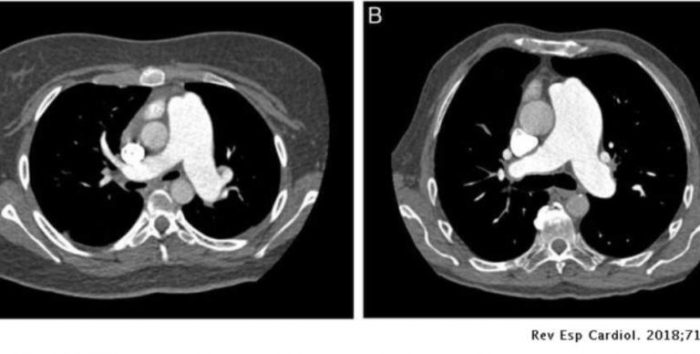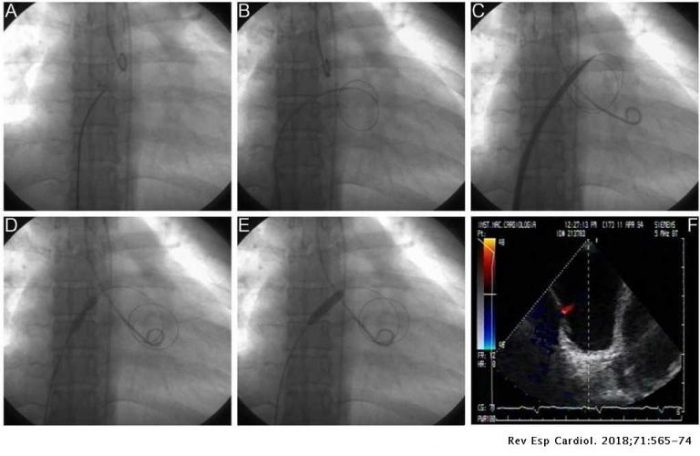The term hypertension is often used to refer to high blood pressure but when this health condition specifically affects the lungs, then it is known as pulmonary hypertension. This may seem like a disease that would only affect humans, but your dog is at risk of getting diagnosed with pulmonary hypertension as well. The condition is characterized by a plethora of symptoms that may not be easily discernable. This underlines the need to always take your pet dogs for regular vet visits. To learn more about how pulmonary hypertension in dogs attacks, keep reading.
Table of Contents
What causes pulmonary hypertension in dogs?
There are a variety of factors that can lead to pulmonary hypertension in dogs. These are diseases in themselves that, when treated properly, will reduce the risk of your canine friend having pulmonary hypertension.
The congenital developmental disorder is one of such factors that cause the condition in humans, and it has been identified as one of the things that cause pulmonary hypertension in dogs.
Cushing’s disease, pneumonia, and bronchitis are also some other sicknesses that can lead to pulmonary hypertension. But the major cause of this sickness in dogs is believed to be heartworms. These are parasitic roundworms that prey on the hearts and lungs of dogs. Their existence in a host animal causes damage to the lungs and heart, and the damage manifests as pulmonary hypertension.
What are the symptoms of pulmonary hypertension in dogs?
High blood pressure is known as a silent killer because of its lack of symptoms. Likewise, when dogs suffer from pulmonary hypertension, there are little to no manifestations of the sickness. This lack of symptoms will hinder you from knowing if your dog has the illness. Pulmonary hypertension means that your dog is not getting enough oxygen and since there are no symptoms in the early days of the sickness, your pooch might have been struggling with breathing for a while. This is why shortness of breath is one of the symptoms of pulmonary hypertension in dogs. Here are some other symptoms to look out for:
- Weight loss – You might observe that your furbaby is losing body weight
- Coughing – Dogs that suffer from pulmonary hypertension display this symptom, but that does not mean that all dogs that cough are battling pulmonary hypertension
- Discolored skin – Skin discoloration is another symptom to expect with pulmonary hypertension in dogs. A coat that formerly looked healthy and glossy will begin to change to an ugly hue
- Fainting/collapsing – A dog that has lost weight and experiences difficulty in breathing can suddenly faint or collapse for a lack of energy
- Distended veins in the neck – The veins will stand out and are clearly visible around the dog’s neck
- Bloodstained spittle – When the ailing dog spews out its spittle, be sure to observe the discharge for signs of bloodstains
- Fluid in the lungs – This is where the major issue lies; the dog’s lungs will be filled with fluids, causing difficulty in breathing. At this stage, dog owners cannot do much again, except try and manage the condition
Diagnosis and natural treatments for pulmonary hypertension in dogs

If your four-legged friend has pulmonary hypertension, the first symptom it is most likely to show is shortness of breath. Once this is observed, it is time to take your dog to the vet. Upon getting to the clinic, the first thing your vet is going to do is give your dog oxygen, after ascertaining that it is suffering from pulmonary hypertension. Then the specialist may request that you leave the dog for an overnight stay. In the event that the oxygen is not enough, medication will be administered to aid the ailing dog in breathing normally.
To date, they have not been able to discover a cure for pulmonary hypertension in dogs. For this kind of sickness, the best course of action is maintenance and close monitoring. Some home remedies can also come in handy here; be sure to keep your dog away from places that are too hot or too cold. Pet parents with dogs that suffer such conditions should take care to reduce the level of activity they subject their furry friends to, making sure the dog’s diet is changed to one with a low level of sodium. Also, do not put your dogs in high altitudes as that will put a strain on their lungs which are already weakened by the disease. Smoke and areas with dry air should also be avoided for the same reasons.
If the type of pulmonary hypertension your dog suffers from is caused by an infection, antibiotics can be administered; however, this must be prescribed by the veterinarian in the correct dosage. Any other underlying causes can be treated, but as long as the lungs have been damaged, not much can be done to reverse them. The only thing you can do for the dog is to manage the symptoms as they arise and try to avoid conditions that can aggravate the ailment.
Read Also: Signs It’s Time To Change Your Dog’s Food
How Long do Dogs Live with Pulmonary Hypertension?
The downside of pulmonary hypertension in dogs is its fatality; the death rate is rather high. Some dogs die before they get to a vet and some die a few days or a few weeks after seeing the vet. There are cases where the vet is not assured of the efficacy of what treatments they try on your dog. In cases where the doctor’s fears are confirmed, your dog would die shortly after. However, this may happen rarely.
To ensure that your dog lives longer, proper care needs to be taken. The disease is a terminal one, but there have been cases where, after diagnosis, the dogs lived for many years.
As already stated, make sure you keep your dog in temperate weather conditions. Do not engage them in activities that will require too much from them. There will be a lot of regular visits to the vet, as this will enable you and the expert to monitor the condition of your dog closely. These visitations are necessary because a pet owner is ill-equipped to recognize some of the resultant complications that may stem from pulmonary hypertension in dogs.
